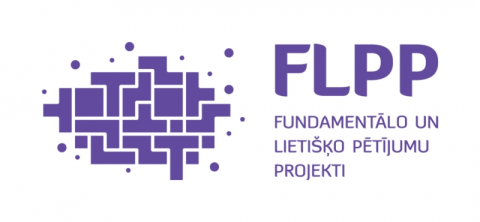Rigid Polyurethane Foam as Cryogenic Insulation for Future Zero-Emission Commercial Aircraft (PUR4LH2)
The project addresses the challenge set by European civil aviation to develop a commercial aircraft powered by liquefied hydrogen (LH₂) by 2035. To meet the stringent requirements of the aviation industry, a rigid polyurethane foam composition will be developed for the cryogenic insulation of LH₂ tanks. The formulation will incorporate environmentally friendly, sustainable components—polyols derived from renewable raw materials, heavy metal-free catalysts, and low global warming potential (GWP) blowing agents.
The materials developed for aviation applications will be designed for a service life of at least 20 years. Additionally, methods for detecting and mitigating potential defects will be proposed.
The goal of PUR4LH2 is to develop a sustainable cryogenic insulation material with an emphasis on long-term durability. The raw materials used will be industrially produced, environmentally friendly, and have a low ecological footprint. These will include polyols derived from renewable resources, heavy metal-free catalysts, and state-of-the-art blowing agents. PUR4LH2 will be implemented in the following stages:
- Design, modeling, and formulation of the cryogenic insulation rigid polyurethane (PUR) foam composition;
- Production of PUR foams at laboratory and pilot scale; scaling up using representative models of cryogenic tank surfaces used in the aviation sector;
- Testing of insulation materials using standard testing equipment, as well as custom-designed cryogenic test rigs;
- Application of various accelerated artificial aging methods to predict material durability;
- Theoretical calculations and modeling of cryogenic insulation materials.
Project Implementation Timeline:
Project implementation started on January 1, 2025.


